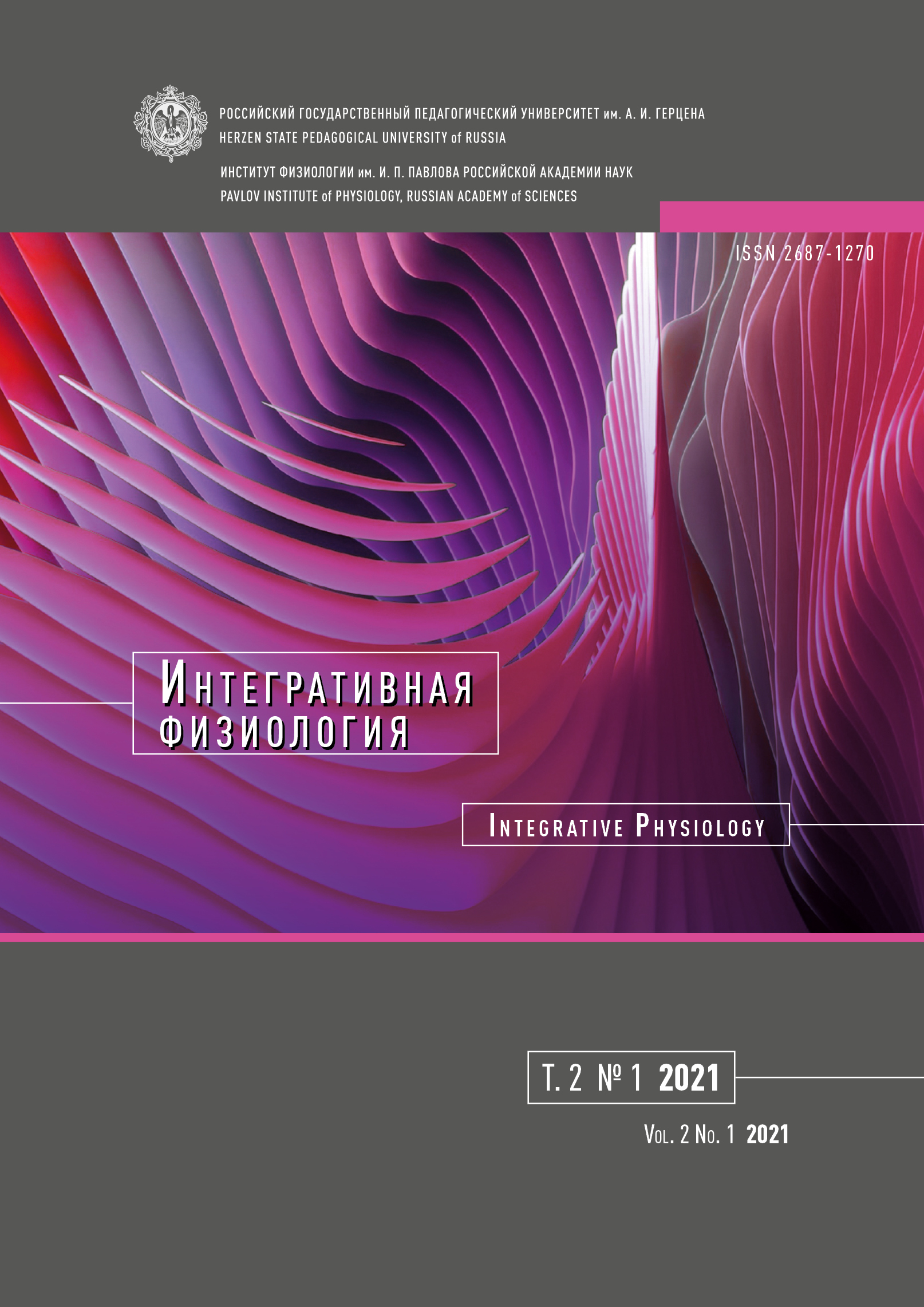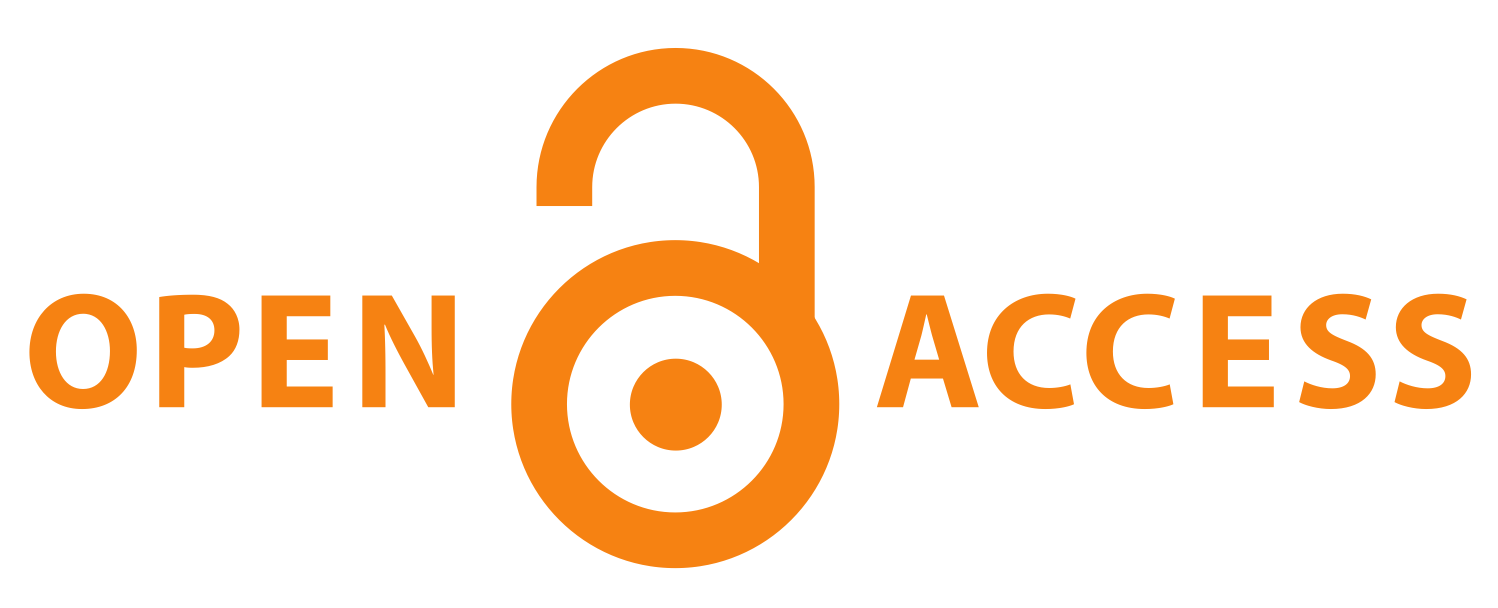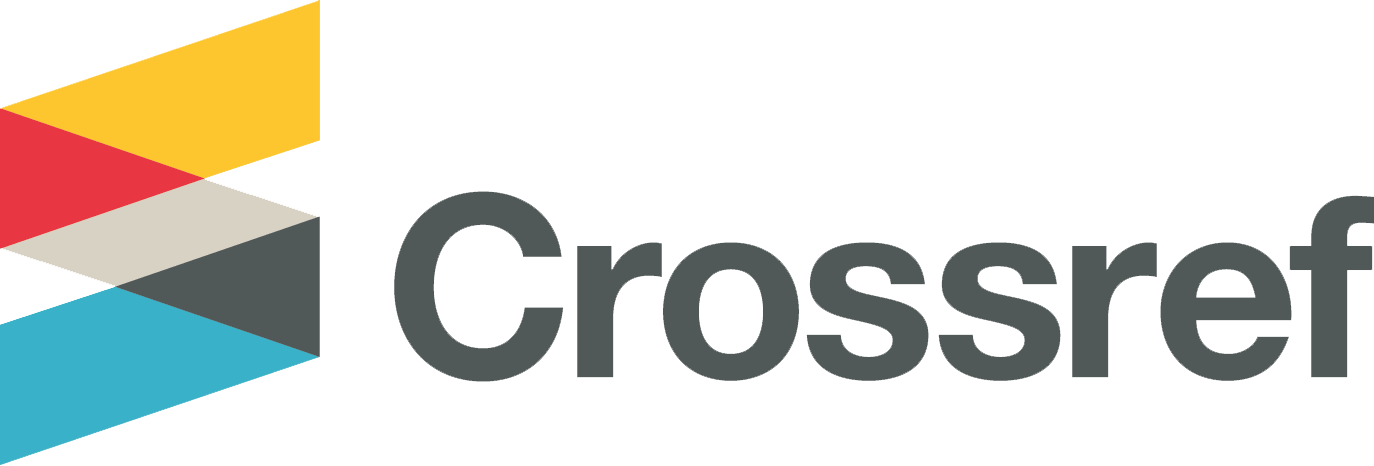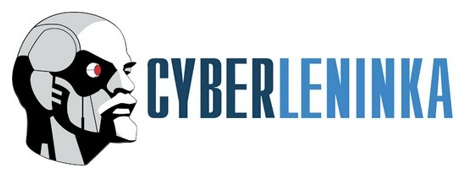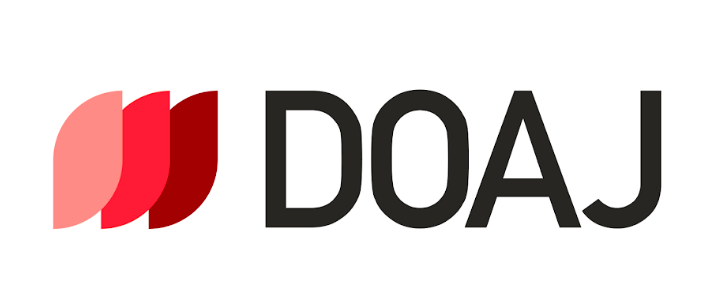Possible physiological function of endogenous ouabain
DOI:
https://doi.org/10.33910/2687-1270-2021-2-1-96-101Keywords:
nociceptive neurons, NaV1.8 channels, patch-clamp method, organotypic nerve culture method, confocal laser scanning microscopy, endogenous ouabainAbstract
Our results suggest that endogenous ouabain triggers two different signaling processes. The first, fast process, modulates the activation gating device of the NaV1.8 channels, thereby reducing their functional activity. The second, slow process, decreases the density of NaV1.8 channels in the membrane of the primary sensory neuron. We assume that in this case, endogenous ouabain triggers a downstream cascade leading to a decrease in the expression of the SCN10A gene that produces NaV1.8 channels. It can be concluded that endogenous ouabain, when it interacts with the primary sensory neuron, performs important function of modulating functional activity of NaV1.8 channels. The practical result of the study was the assumption that the delivery of ouabain as a drug substance to the membrane of a nociceptive neuron in nanomolar concentration should lead to a safe and effective antinociceptive action of this agent at the organismal level.
References
Almers, W. (1978) Gating currents and charge movements in excitable membranes. In: Reviews of Physiology, Biochemistry and Pharmacology. Vol. 82. Berlin: Springer Publ., pp. 96–190. https://www.doi.org/10.1007/BFb0030498 (In English)
Askari, A. (2019) The sodium pump and digitalis drugs: Dogmas and fallacies. Pharmacology Research & Perspectives, vol. 7, no. 4, article e00505. https://www.doi.org/10.1002/prp2.505 (In English)
Cui, X., Xie, Z. (2017) Protein interaction and Na/K-ATPase-mediated signal transduction. Molecules, vol. 22, no. 6, article 990. https://www.doi.org/10.3390/molecules22060990 (In English)
Hamill, O. P., Marty, A., Neher, E. et al. (1981) Improved patch-clamp techniques for high-resolution current recording from cells and cell-free membrane patches. Pflügers Archiv — European Journal of Physiology, vol. 391, no. 2, pp. 85–100. https://www.doi.org/10.1007/BF00656997 (In English)
Hamlyn, J. M., Blaustein, M. P., Bova, S. et al. (1991) Identification and characterization of a ouabain-like compound from human plasma. Proceedings of the National Academy of Sciences of the United States of America, vol. 88, no. 14, pp. 6259–6263. https://www.doi.org/10.1073/pnas.88.14.6259 (In English)
Kawamura, A., Guo, J., Itagaki, Y. et al. (1999) On the structure of endogenous ouabain. Proceedings of the National Academy of Sciences of the United States of America, vol. 96, no. 12, pp. 6654–6659. https://www.doi.org/10.1073/pnas.96.12.6654 (In English)
Kometiani, P., Li, J., Gnudi, L. et al. (1998) Multiple signal transduction pathways link Na+/K+-ATPase to growth-related genes in cardiac myocytes: The roles of Ras and mitogen-activated protein kinases. Journal of Biological Chemistry, vol. 273, no. 24, pp. 15249–15256. https://www.doi.org/10.1074/jbc.273.24.15249 (In English)
Krylov, B. V., Derbenev, A. V., Podzorova, S. A. et al. (1999) Morfin umen’shaet chuvstvitelnost’ k potentsialu medlennykh natrievykh kanalov [Morphine decreases the voltage sensitivity of the slow sodium channels]. Rossiiskij fiziologicheskij zhurnal imeni I. M. Sechenova — Russian Journal of Physiology, vol. 85, no. 2, pp. 225–236. (In Russian)
Krylov, B. V., Rogachevskii, I. V., Shelykh, T. N., Plakhova, V. B. (2017) Frontiers in pain science. Vol. 1. New non-opioid analgesics: Understanding molecular mechanisms on the basis of patch-clamp and chemical studies. Sharjah: Bentham Science Publ., 203 p. (In English)
Lichtstein, D., Ilani, A., Rosen, H. et al. (2018) Na+, K+-ATPase signaling and bipolar disorder. International Journal of Molecular Sciences, vol. 19, no. 8, article 2314. https://www.doi.org/10.3390/ijms19082314 (In English)
Lopatina, E. V., Yachnev, I. L., Penniyaynen, V. A. et al. (2012) Modulation of signal-transducing function of neuronal membrane Na+,K by endogenous ouabain and low-power infrared radiation leads to pain relief. Medicinal Chemistry, vol. 8, no. 1, pp. 33–39. https://www.doi.org/10.2174/157340612799278531 (In English)
Penniyaynen, V. A., Plakhova, V. B., Rogachevskii, I. V. et al. (2019) Molecular mechanisms and signaling by comenic acid in nociceptive neurons influence the pathophysiology of neuropathic pain. Pathophysiology, vol. 26, no. 3–4, pp. 245–252. https://www.doi.org/10.1016/j.pathophys.2019.06.003 (In English)
Plakhova, V. B., Penniyaynen, V. A., Yachnev, I. V. et al. (2019) Src kinase controls signaling pathways in sensory neuron triggered by low-power infrared radiation. Canadian Journal of Physiology and Pharmacology, vol. 97, no. 5, pp. 400–406. https://www.doi.org/10.1139/cjpp-2018-0602 (In English)
Skou, J. C. (1957) The influence of some cations on an adenosine triphosphatase from peripheral nerves. Biochimica et Biophysica Acta, vol. 23, pp. 394–401. https://www.doi.org/10.1016/0006-3002(57)90343-8 (In English)
Xie, Z., Askari, A. (2002) Na+/K+-ATPase as a signal transducer. European Journal of Biochemistry, vol. 269, no. 10, pp. 2434–2439. https://www.doi.org/10.1046/j.1432-1033.2002.02910.x (In English)
Downloads
Published
Issue
Section
License
Copyright (c) 2021 Valentina A. Penniyaynen, Vera B. Plakhova, Svetlana A. Podzorova, Stanislav G. Terekhin, Boris V. Krylov

This work is licensed under a Creative Commons Attribution-NonCommercial 4.0 International License.
The work is provided under the terms of the Public Offer and of Creative Commons public license Creative Commons Attribution 4.0 International (CC BY 4.0).
This license permits an unlimited number of users to copy and redistribute the material in any medium or format, and to remix, transform, and build upon the material for any purpose, including commercial use.
This license retains copyright for the authors but allows others to freely distribute, use, and adapt the work, on the mandatory condition that appropriate credit is given. Users must provide a correct link to the original publication in our journal, cite the authors' names, and indicate if any changes were made.
Copyright remains with the authors. The CC BY 4.0 license does not transfer rights to third parties but rather grants users prior permission for use, provided the attribution condition is met. Any use of the work will be governed by the terms of this license.
